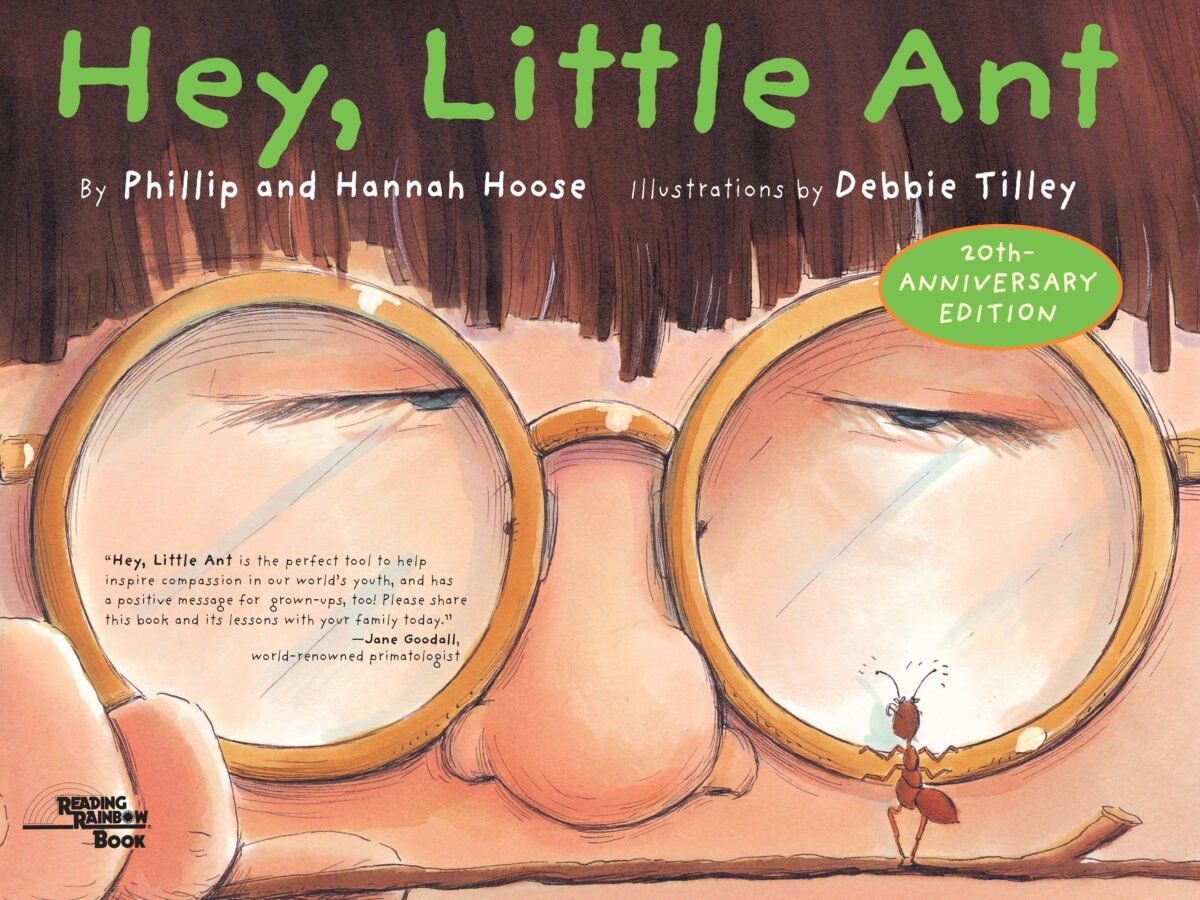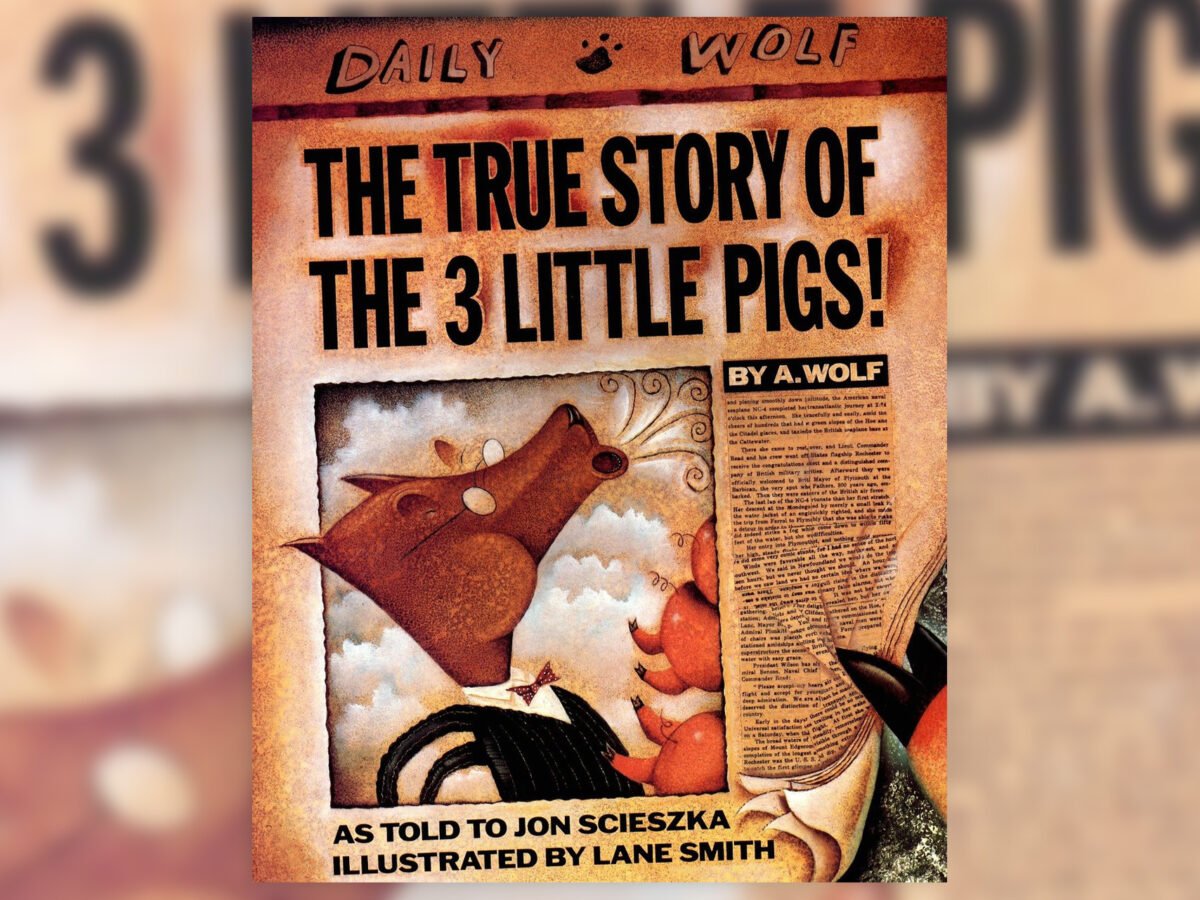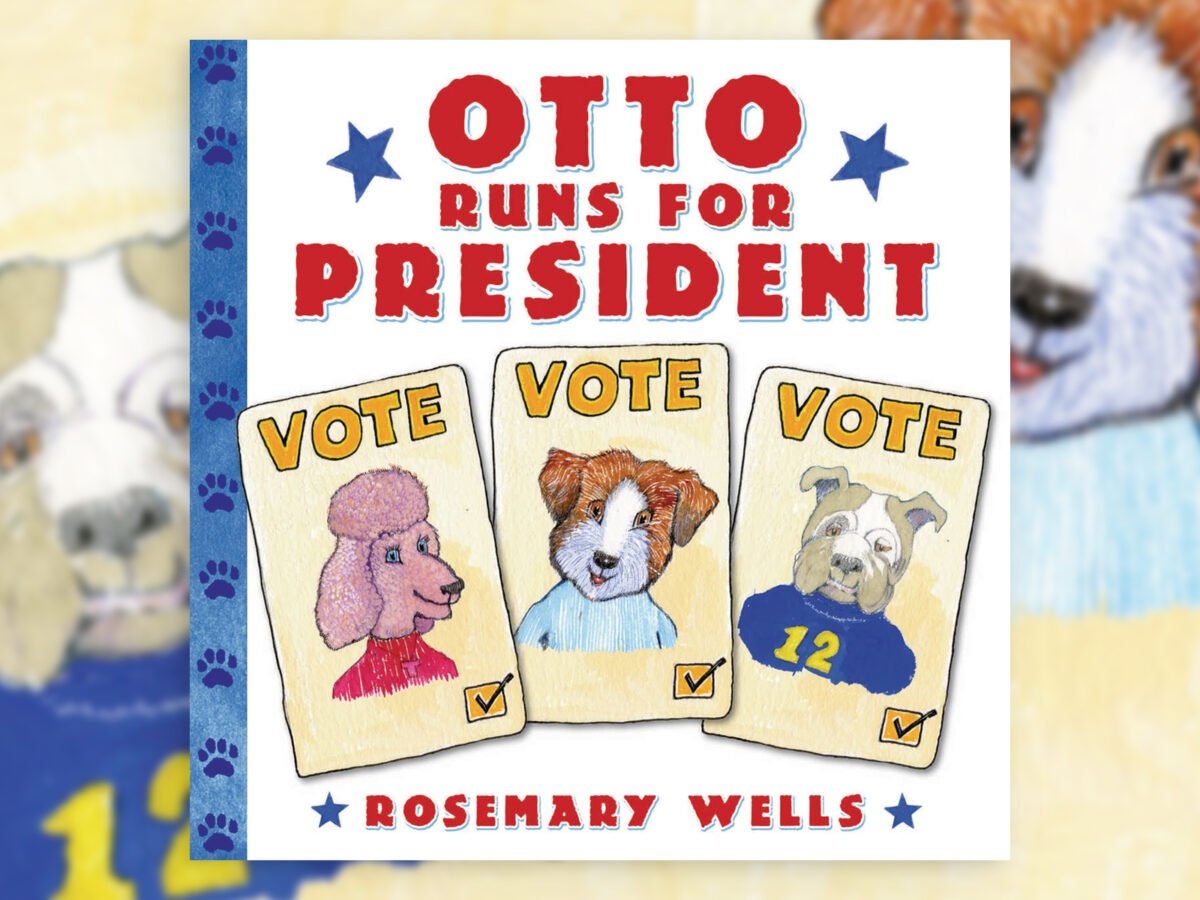Are you looking for some engaging children’s books for teaching persuasive writing? Reading books to our students has heaps of benefits when it comes to inspiring young writers, and the story is no different when it comes to finding examples of persuasive writing in popular picture books.
Leading a read-aloud exposes your class to the different persuasive techniques from using emotional appeals to presenting facts and evidence, and using examples. With that in mind, the teacher on the Teach Starter team have put together a list of our favourite books that we use to showcase the various persuasive language features as we start our lessons.
Explore the list to find books that resonate with you and that you think will persuade your students!
Bookmark our collection of printable persuasive writing activities to pair with these books!
The Best Books for Teaching Persuasive Writing
Eat Your Peas — By Kes Gray
It’s dinnertime in this picture book from Kes Gray, and Daisy knows what her mom is going to say even before she says it — ‘Eat your peas!’
After reading the book, challenge your students to play the mom in this situation. What would they say to convince their child to eat those green veggies? This is a great chance to work on adjectives in writing — peas are delicious, nutritious, yummy, or even just healthy — and use their high modality words to persuade.
Are they ‘certain’ that their child will enjoy eating peas? Why ‘must’ they try new foods at least once?
Add more high-modality word practice with a fun word activity!
I Wanna Iguana — By Karen Kaufman and David Catrow
Alex is desperate to adopt his friend’s baby iguana. Through a cute exchange of notes, Alex and his mom use persuasive language to support their side of the argument!
This is another must-read during the teaching of persuasive writing, and it can open the door to writing about a classroom or home pet. Combine this with your letter-writing unit, and challenge your students to make the case for a new animal in the home or in your classroom. Challenge your students to think carefully about the words they will use to persuade a parent/guardian or you.
Some phrases they might want to use include:
- What needs to be done/what we need to do …
- I ask you to think about …
- I am writing in order to …
Add a visual element to your writing prompts with this easy picture writing prompt generator!
Don’t Let the Pigeon Drive the Bus — By Mo Willems
In this adorable story from teacher- and kid-favourite Mo Willems, the regular bus driver takes a break and gives the reader one instruction…”Don’t let the pigeon drive the bus!”
But, boy, that pigeon is a cheeky persuasive little thing! Put your students in the role of playing bus driver. What should they say to convince them that a pigeon shouldn’t take the wheel of the bus?
We love letting the class vote: Should the pigeon drive the bus or not? The majority rules, and each student should then write a persuasive argument for the winner. This challenges kids to sometimes take a side they wouldn’t otherwise, which can help broaden their skills.
This is a great time to talk about evocative verbs and using emotive language to sway the reader. What happens when the pigeon drives the bus? Will he crash, collide, or smash up the town?
Hey, Little Ant — By Phillip and Hannah Hoose
What would you do if the ant you were about to step on looked up and started talking? Taking the form of a debate – a powerful tool for persuasive writers — that’s exactly what happens in this book.
The ant in Phillip and Hannah Hoose’s children’s book states a compelling persuasive case for its survival while the kid’s friends gather around to taunt him for hesitating! Your students can write from multiple angles on this one: the ant’s, the “stepper’s or even the taunting friends. Make a T-chart graphic organiser (you can print a blank template here), and encourage your students to come up with reasons why the ant should be squished … or not!
I Wanna New Room — By Karen Kaufman and David Catrow
I Wanna New Room is the funny companion to ‘I Wanna Iguana!’ and a situation that may be familiar to at least a few of your students. Ever since their baby sister came along, Alex has been forced to share a room with his little brother Ethan, and it’s not going so well! Alex wants a new room, but he needs to persuade his parents to agree.
Use the read-aloud to open up a class discussion. Ask students to share some of the things they have tried to persuade a parent, sibling, or friend at one point or another?
Next, assign a writing assignment in which students have to create a piece of persuasive writing to convince you to add a turtle as a class pet. Print a scaffolding sheet here!
The True Story of the 3 Little Pigs — By Jon Scieszka
There are two sides to every story, and when the Big, Bad Wolf, takes the stand he finally gets his say. He tries to persuade everyone that he is the victim in this whole story! This is a perfect example of a counterargument to present to your students and an opening to challenge them to take an unusual stand.
Some writing prompts to come out of this:
- Write about why a popular villain is really the “good guy/girl.”
- Write about why breakfast is NOT the most important meal of the day.
- Write about why the sky isn’t really blue!
Otto Runs for President — By Rosemary Wells
In this children’s story, it’s election time, and as the title suggests Otto runs for president! While the popular Tiffany and athletic Charles make increasingly outrageous promises in their campaigns for President of Canine Country Day School, Otto quietly enters the race, vowing only to try to do what students really want.
A great book to read around election season, this can also be read any time of the school year to talk about how persuasion is about getting someone on your side or getting them to support your cause. Challenge your students to write about why they think Otto won and whether they would have voted for him or not.
Be a Friend to Trees – By Patricia Lauber
This is a nonfiction option to discuss persuasive language and a fantastic story that discusses the importance of trees as sources of food, oxygen, and other essential things. A great way to turn an ecology lesson into a writing prompt, your students can develop a poster or write a letter using this story about why we should be friends with trees.
Reading this book for National Tree Day? Print a free National Tree Day resource pack!
Need more ideas? Explore persuasive writing prompts for kids!
Banner image via Shutterstock/Chinnapong












Some fabulous books for introducing and teaching about persuasion.
I LOVED this book as a child. What a great suggestion.
Hi Tahnee Thank you for your feedback! We're glad to hear you like the resource!